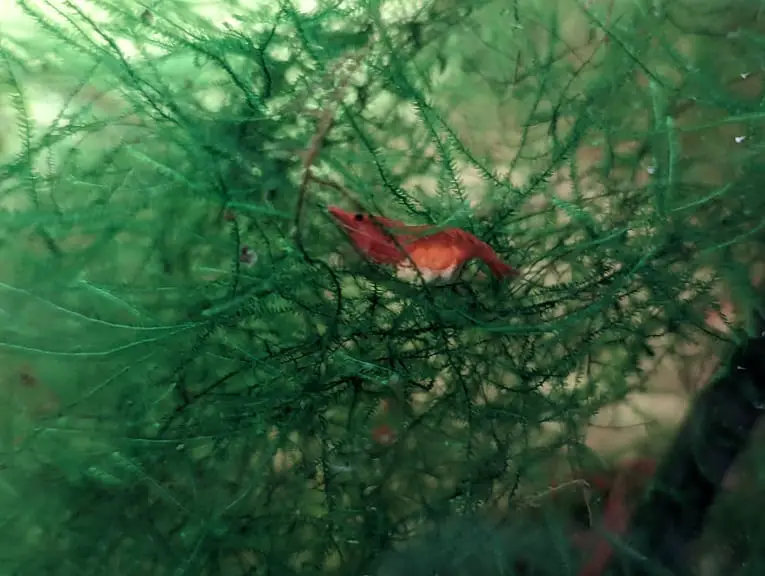If you have male and female Cherry Shrimps (also known as Neocaridina Shrimps), then they will likely reproduce. With that said, having many generations of inbreeding in your aquarium may cause several genetic issues with your pet inverts.
To see how you can prevent inbreeding issues from occurring in your Cherry Shrimp colony, you can take a look at this guide from Aquarium Blueprints.
How to tell if your Cherry Shrimps colony have inbreeding issues
When it comes to Cherry Shrimps inbreeding issues, you should look for the following signs:
- Brown or dull colorations
- Deformities
- Low reproduction rate
- Shorter lifespan

How to prevent Cherry Shrimps inbreeding issues
In order to prevent your Cherry Shrimp colony from encountering inbreeding issues, we recommend that you take the following steps:
1. The easy way to solve inbreeding issues is to simply add more Cherry Shrimps to the fish tank. By doing so, you will diversify the genetics of your colony, which should make the future generations healthier.
When adding new shrimps to your colony, we recommend that you try using a different source if possible. If you get the shrimps from the same fish store, for example, then it is likely that these are related to the shrimps you already have in your aquarium.
If you want to retain the coloration or patterns of your shrimp colony, then make sure you get the same type of Cheery Shrimps. For example, you should add Red Cherry Shrimps to your Red Cherry Shrimps colony to keep the coloration strong for many generations.
Try not to mix different colors as it will eventually lead to brown or dull colors after a few generations.
We suggest that you add a batch of new shrimps every year to keep the gene pool of the colony diverse.
2. You may also want to consider culling any deformed shrimps or shrimps with colors that don’t match the rest of the colony.
By doing so, you ensure that these undesirable shrimps won’t make your colony weaker in health and/or duller in appearance.
To cull, you simply remove the undesirable shrimps from the tank. You can then put these shrimps in a separate tank, use them as feeders for fish, etc.
3. Another action you can take is to set up multiple shrimp tanks.
After every year or so, you can mix shrimps from different tanks to keep the genetic of all the shrimp colonies diverse.
This method has been utilized by a lot of shrimp breeders to create exotic looking Cherry Shrimps that are also healthy.
4. Last but not least, make sure you that you take care of your Cherry Shrimps. Even if your inverts have diverse genes doesn’t mean that they are invulnerable.
For healthy shrimps, you need to feed them food, such as Shrimp King and Bacter AE, that provide them the right kind of nutrients.
You can also keep your tank water clean with optimal GH and KH levels for your colony to thrive. To keep these levels stable, we suggest using cuttlebone.
